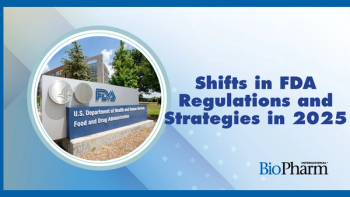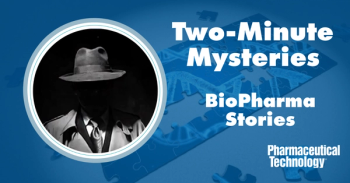
FDA Warnings Sent to Lilly, Novo, Hims About Misleading Drug Communications
Key Takeaways
- The FDA criticized Eli Lilly's program for misleading safety information on tirzepatide injections, Mounjaro and Zepbound, omitting crucial risk details.
- The program featured experts with financial ties to GLP-1 drug companies, raising concerns about bias and transparency in drug promotion.
Misleading promotions of GLP-1 and compounded semaglutide products are drawing renewed regulatory scrutiny over risk disclosure and safety messaging.
On Sept. 9, 2025, FDA sent a warning letter sent to
Who was interviewed for the program? What was Lilly’s contribution?
The TV special, entitled “Shame, Blame, and the Weight Loss Revolution,” was hosted by Oprah Winfrey and, according to FDA’s warning letter, featured
The Winfrey program also interviewed Rhonda Pacheco, PharmD, who at the time was a group vice-president for Lilly (1). On Sept. 11, 2025, Pacheco was announced as the new president of Takeda Pharmaceuticals’ United States Business Unit (3).
What is FDA alleging has been misrepresented?
FDA determined that the program “creates a misleading impression regarding the safety of Zepbound and Mounjaro” and “omits important risk information and otherwise minimizes the risks of these drug products” (1).
The agency cited failure to adequately disclose a boxed warning for thyroid C-cell tumors, as well as minimization of adverse events such as pancreatitis and hypoglycemia. It also noted that Lilly had not submitted the promotional material for review at the time of dissemination, as required (1).
Where were other FDA letters directed?
As Reuters reported, the FDA warning letter to Lilly was just one among dozens issued on Sept. 9, including another concerning the same ABC program that was sent to
The telehealth firm
The Reuters report cited comments made by FDA Commissioner Marty Makary, MD, during the week that the letters were issued, suggesting that companies needed to present a balanced view of the drugs they promote, while complying with advertising rules—including listing all side effects (5). Makary said FDA intended to distribute approximately 100 cease-and-desist notices, among thousands of other letters.
What does this signal for compliance culture?
The recent cluster of warning letters indicates that advertising, media appearances, and digital platforms are under renewed scrutiny. For companies in competitive therapeutic areas such as metabolic disease, governance frameworks must extend to consultants, third-party platforms, and direct-to-consumer websites.
The agency’s coordinated action suggests that enforcement will no longer be episodic but ongoing, shaped by both scientific evidence and public communication practices.
References
1. FDA.
2. ABC.
3. Takeda.
4. FDA.
5. Roy, M.; Choudhury, K.
Newsletter
Stay at the forefront of biopharmaceutical innovation—subscribe to BioPharm International for expert insights on drug development, manufacturing, compliance, and more.





